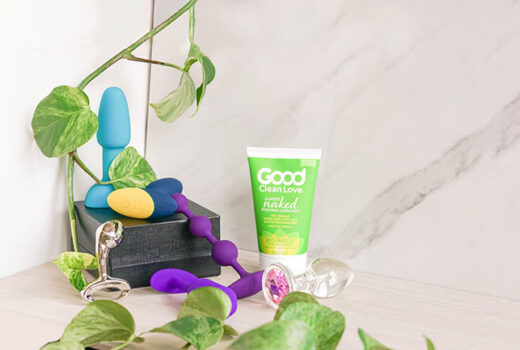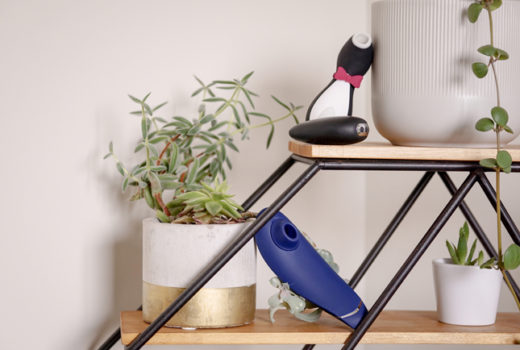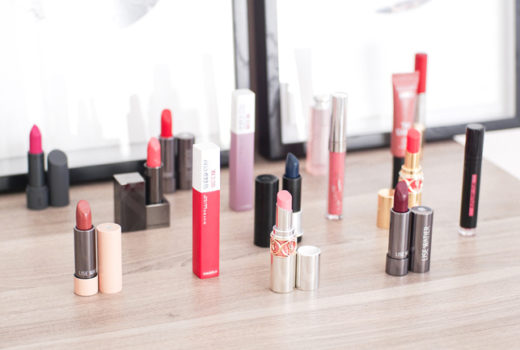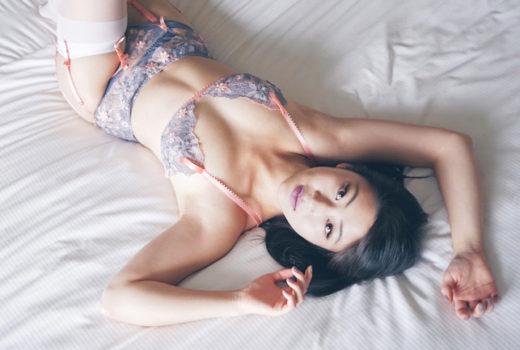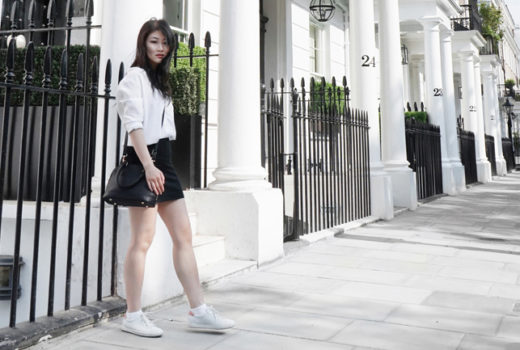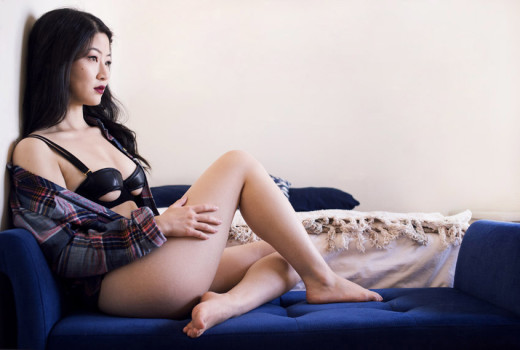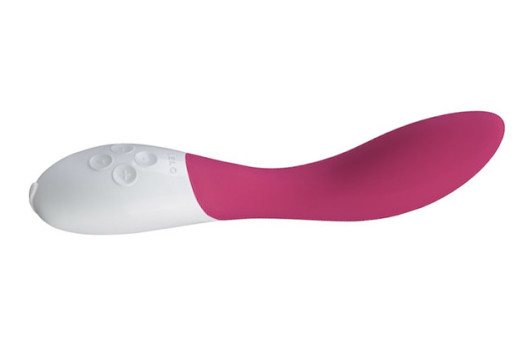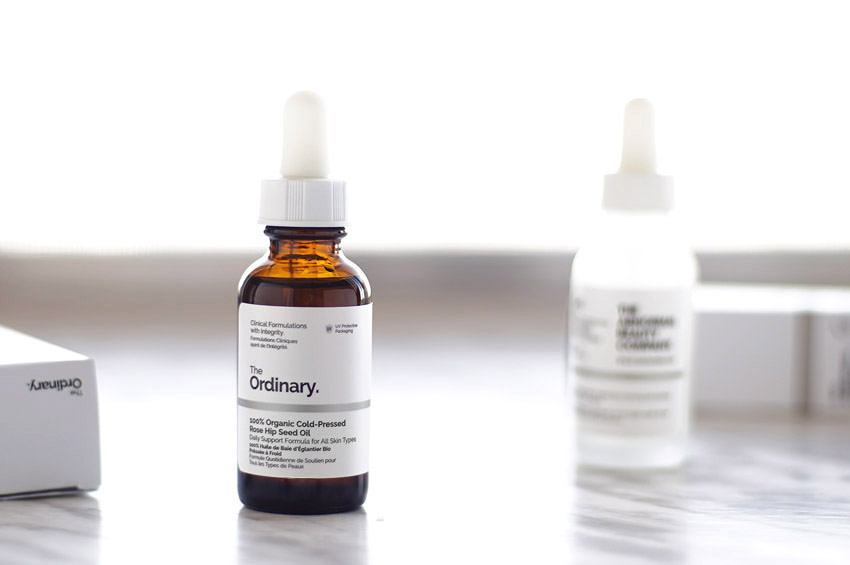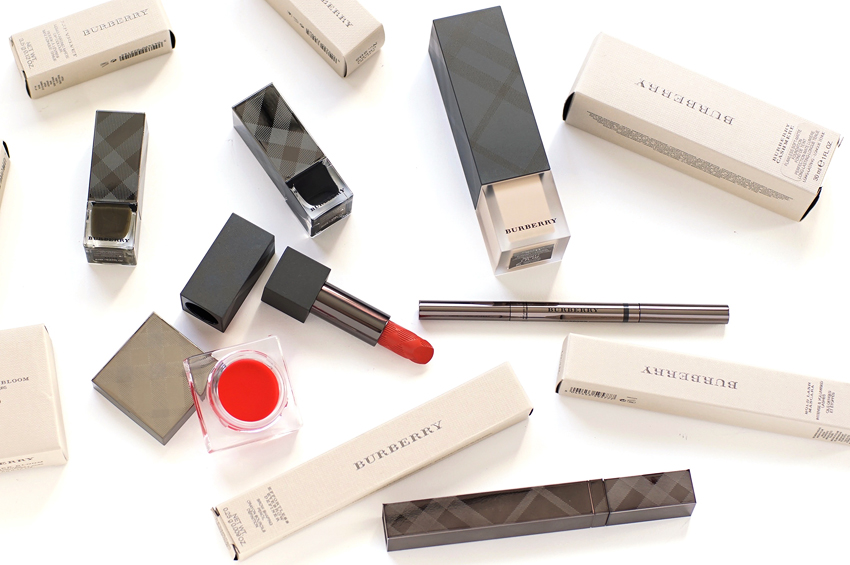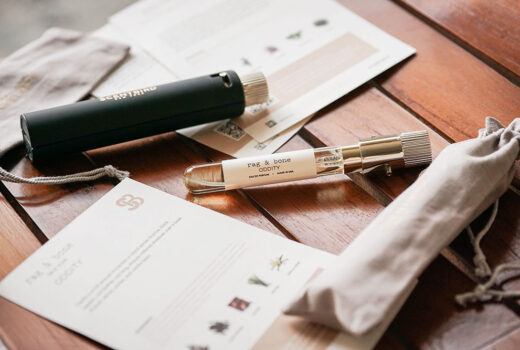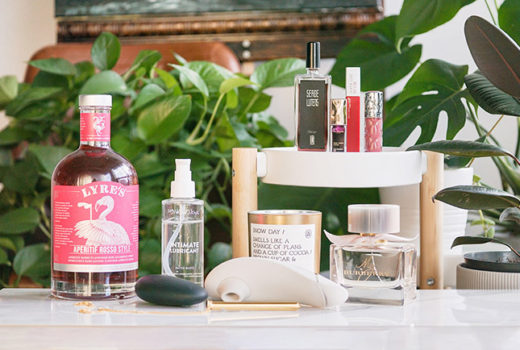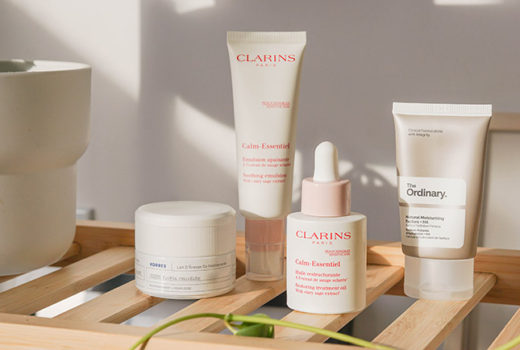Congratulations, burgeoning fragrance junkies! We’ve made it to the third day. As promised, I have just a bit more information for you…
Once you know the names of a couple fragrances you’re into, the internet becomes your best friend! Both Sephora and Nordstrom have handy frag finders that sort out scents by their families and subfamilies, leading you towards other things you might like. (Sephora also has an in-store version of a fragrance finder on cool, touch-screen monitors.)
Formulations, and concentrations
Fragrances can be found in a ton of forms, from the traditional sprays, to solids, to silicone-y gels, to candles, to lotions, to body washes and bars of luxurious soap… at the end of the day, though, the one thing you need to remember is to smell the form you’ll be buying! Most fragrances will smell quite similar in spray form vs. lotion (for instance,) but some fragrances are less precise.
When it comes to traditional perfume, though, you still have to keep an eye out for EdT, EdP, and parfum concentrations! Not only do they include different percentages of pure parfum, they can sometimes vary in the absolute used, as well! Two of the best examples that come to mind for this are Chanel’s Coco and Dior’s Miss Dior Cherie. Coco is spicier in its EdT formulation, and a sharper floral in its EdP formulation; Miss Dior Cherie is gorgeous in its EdP formulation but watered down and more synthetic in its EdT formulation. (I thorougly dislike its EdT — but that’s a story for another day.)
Perfume extract/Extrait/Parfum: 15-40%
Eau de Parfum/Parfum de Toilette/ Eau de Perfume: 10-20%
Eau de Toilette: 5-15%
Eau de Cologne/Cologne: Chypre citrus type perfumes with 3-8%
Splash and After shave: 1-3% aromatic compoundsvia Wikipedia and previous knowledge… how unglamorous!
Helpful reads
Now Smell This is definitely my favourite ‘fume blog, and there’s a handy perfume-for-beginners article here! This is a stellar example of a blogger who does her “job” much better than I. Even just googling for reviews can be handy too, though — the only place I’d avoid would be something like Sephora.com. (Have you noticed how 99% of the fragrance reviews are “I love this! It’s perfect! So sexy!” for every bloody fragrance?! It annoys the crap out of me.)
I’d also recommend reading Luca Turin and Tania Sanchez’ Perfumes: the A – Z Guide. While I don’t treat their word as the bible by any means, their reviews are often insightful (and hilarious!), and the book’s (albeit much too short!) introduction provides a brilliant background on the world that is the perfume industry. Here is an excerpt from my favourite chapter! There are a number of fragrance books in existance, but this was an easy read, and it was easy to find — the public library isn’t too focused on perfume, apparently!

